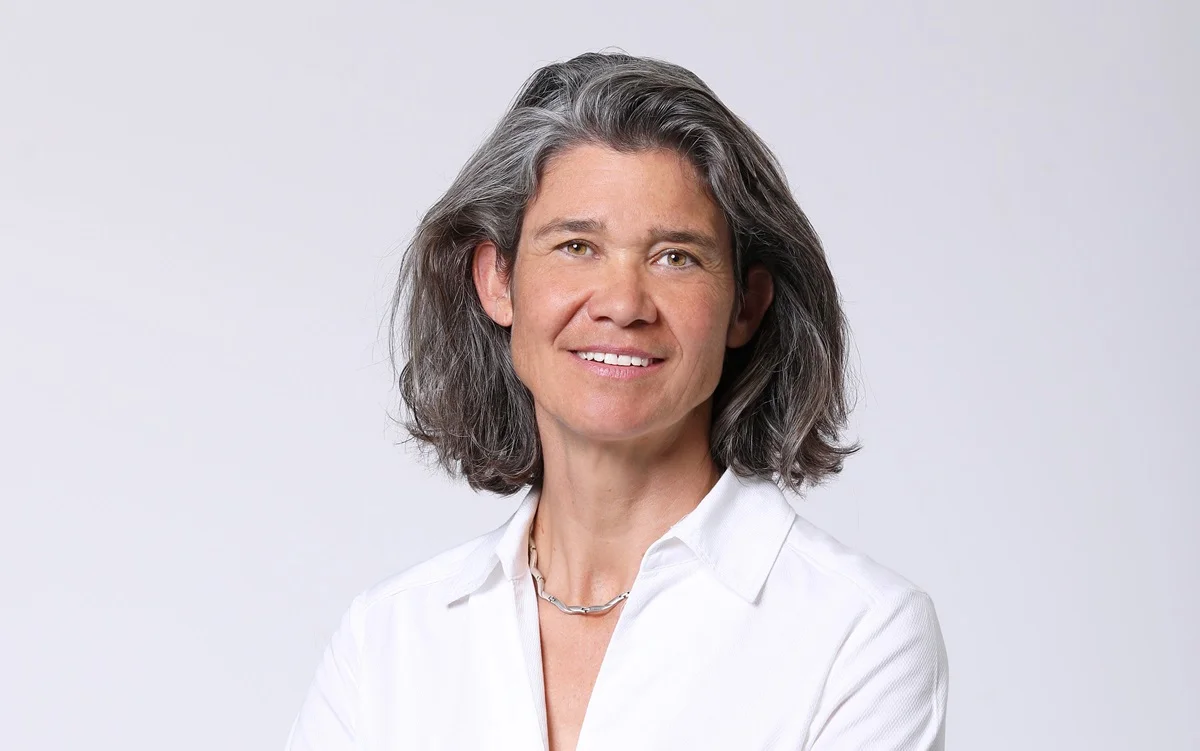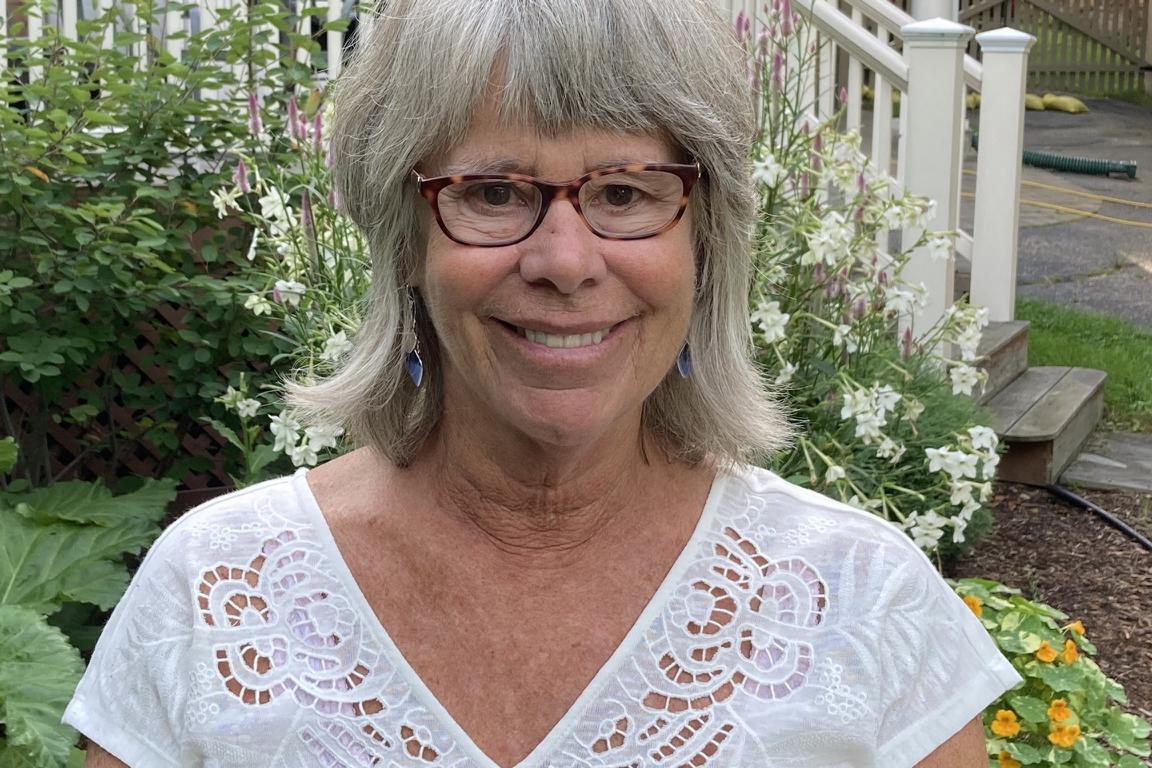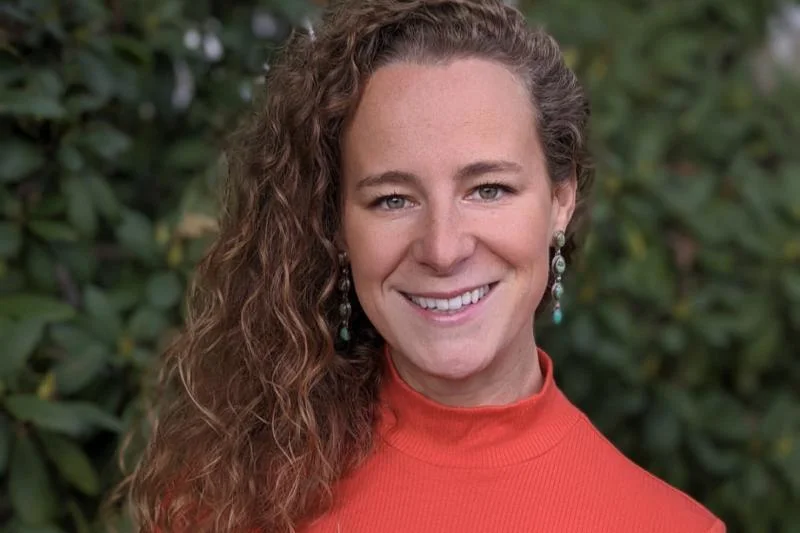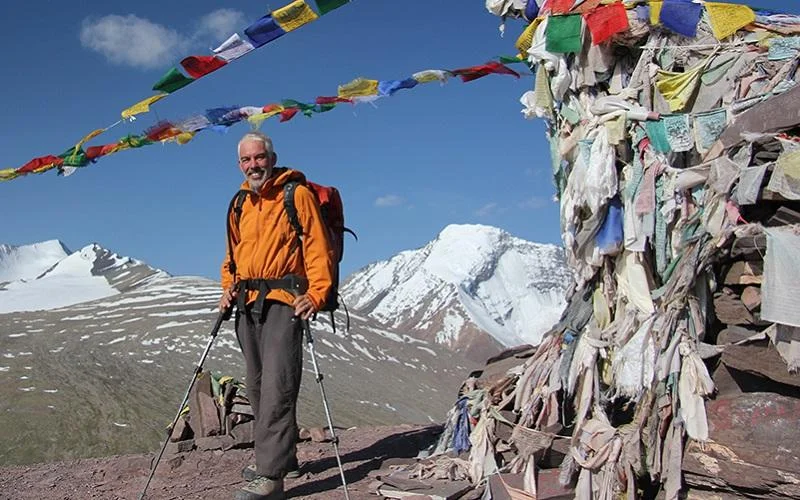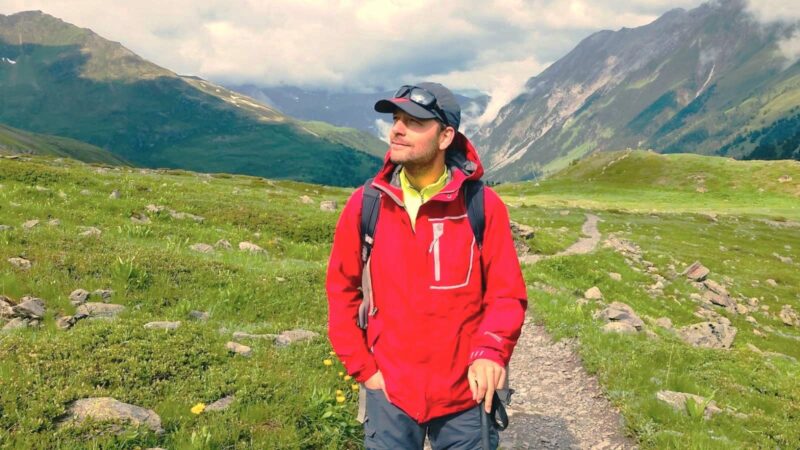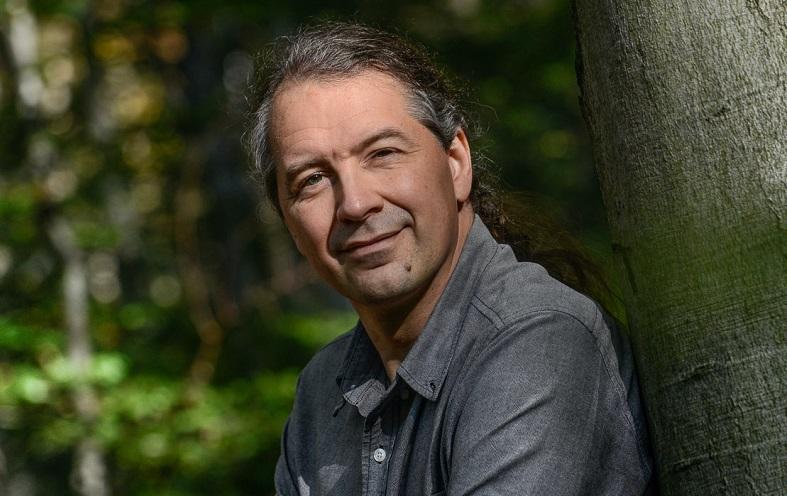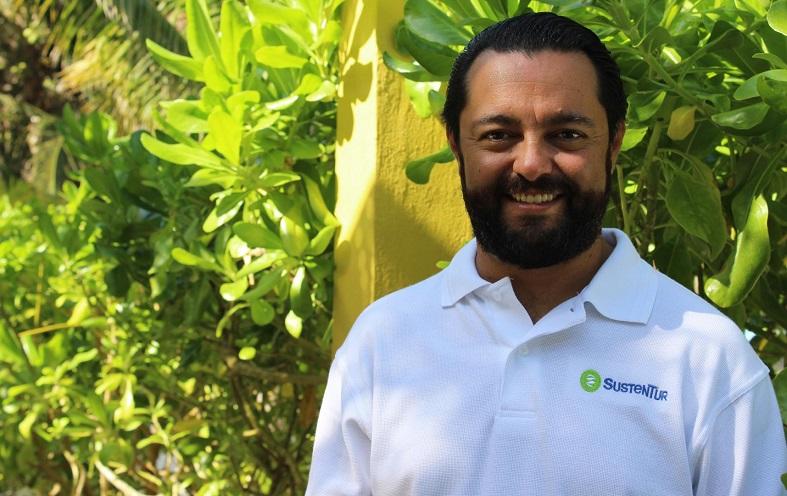
With more than 15 years of experience in the development of tourism projects, Vicente Ferreyra Acosta is an expert worth listening to. He has worked for various conservation organizations, including WWF Mexico and Amigos de Sian Ka’an. In this interview, Vicente recalls his best experiences, shares his opinion over the current state of sustainable tourism in Mexico, and explains to us how the sustainable tourism agenda will evolve over the coming years.
Learn about:
- What brought Vicente to the topic of sustainability in tourism;
- The current state of tourism sustainability in Mexico;
- Trends likely to affect the sustainable tourism agenda;
- Why Vicente started his company, SustenTur;
- How to measure the success of sustainable tourism initiatives.
Vicente, do you remember the first time you heard of the concept of sustainability? What was your initial reaction?
Yes, it must have been in 1996 or 1997 when I began my bachelor’s degree in Tourism in Mexico City. In the beginning, like most of the terms you hear when you are studying, ‘sustainability’ seemed a little vague. Even after studying it in more detail and hearing about it in various forums and conferences, up to a few years ago, it was difficult to find practical examples of the application of sustainability, especially in the tourism sector.
Now, in mid-2015, what has changed?
Many things. Now there is a more robust framework for sustainability, a commitment from the private sector and public institutions. Many organizations work on the issue, and proactive communities show that new models of development are possible.
However, when you review the conclusions of international summits, such as Rio + 20, we realize that there is still a long road ahead to achieving a development that is viable from an environmental, social and economic standpoint.
Before becoming CEO of SustenTur, you worked as Sustainable Tourism Coordinator at the Mesoamerican Reef with WWF (2009-2012). What is your best memory from this time?
That was an interesting period because it was the moment that my eyes were opened to the conservation of biodiversity. Even though I had worked with issues relating to ecotourism and development planning, working with the world leader in conservation allowed me to involve myself to a larger extent in the issue. This allowed me to better understand the need to link different economic sectors in order to achieve sustainable development.
I can’t remember a specific moment, but what I enjoyed most were the field trips with colleagues from the four countries of the Mesoamerican Reef. Together we realized the pressures that exist for this important ecosystem. I was positively surprised how many people working in conservation are committed to preserving this treasure, representing public, private and social sectors.
What is the greatest challenge in working for an international NGO like WWF?
I think the greatest challenge is integrating a tourism agenda into the objectives and guidelines of the organization. With a presence in more than 100 countries, global challenges like climate change, unsustainable fisheries, resource consumption, illegal hunting, deforestation, among others, get the attention of organizations like WWF.
And tourism, being an important economic sector, is not really integrated as a priority into the policy of the organization. Documenting the importance of working in this activity is vital in achieving support from the organization, and to advance the search for sustainability in tourism.
What achievements related to your time at Amigos de Sian Ka’an are you most proud of?
At Amigos de Sian Ka’an, my work focused more on the development of projects with local communities. There are many achievements that I am proud of, especially those that had to do with observing the community making giants steps towards the consolidation of their projects.
But, definitely, the day that I am most proud of during that position was the 8th of May, 2014, when Tianguis Turístico de México launched Maya Ka’an, the new ecotourism destination in Quintana Roo, and certified 7 tourism companies as sustainable businesses.
Why did you start SustenTur, and what is its main function?
I decided to start SustenTur precisely because of the need to communicate the initiatives in sustainable tourism.
In Latin America, there is no mature consciousness of what the communication of sustainable tourism means – not just to improve the image of the businesses, “boast” their achievements, or serve niche markets – but also as a way to educate, raise awareness and give examples that both large and small companies and destinations, like small private or community projects, can benefit from the strive towards sustainability.
At SustenTur, we advise companies, destinations, governments and communities to communicate their sustainable tourism projects, and in the case that they don’t have any or don’t know how to implement them, we advise them on how to achieve their objectives.
What are the most important aspects of the communication of sustainability in tourism?
First, communicate genuine achievements. Second, really get to know the target audience, because each of them requires specialized communications: tourists, investors, association colleagues, NGOs, governments, etc.
What communication approach does SustenTur suggest?
An approach that aims to educate their target audience about sustainability through differentiated strategies and works with tourism destinations, private companies, community projects and civil organizations.
In your opinion, how will the sustainable tourism agenda evolve in coming years? What trends are you observing?
It will continue to advance in terms of international interest in the issue, the increasing regulation local governments put on development, and the market trends.
For 2030, I envision a tourism sector that:
- Commits further to generating experiences instead of just activities, trying to attract the new “tribes” of travellers that Amadeus lists in its report “Future Travel Tribes 2030”.
- Views sustainability at a destination level more than individual, generating better results in environmental and social issues.
- Commits to increase the number of international certifications for businesses in the sector.
- Generates better communication with the tourist over the impact that their vacations have and how to minimize them.
- Generates more Public-Private alliances and pushes the creation of social businesses for the benefit of the sites in which they develop.
What is the best way to measure the success of initiatives that promote sustainable tourism?
With impact indicators: environmental, social and economic. Of course, we should create ways to measure progress in activities and specific actions, but it is best to have indicators or indices that measure if the tourism is or isn’t, in reality, contributing something to the area in which it operates.
The Travel and Tourism Competitiveness Report by the World Economic Forum is a great tool for this, but we can also use methodologies like Social Return on Investment or other functions to measure impact.
Thank you, Vicente.
Connect with Vicente Ferreyra Acosta on LinkedIn or find out more about his company SustenTur here.
Enjoyed our interview with Vicente Ferreyra Acosta of SustenTur, on tourism and sustainability in Mexico? Share and spread the word!

